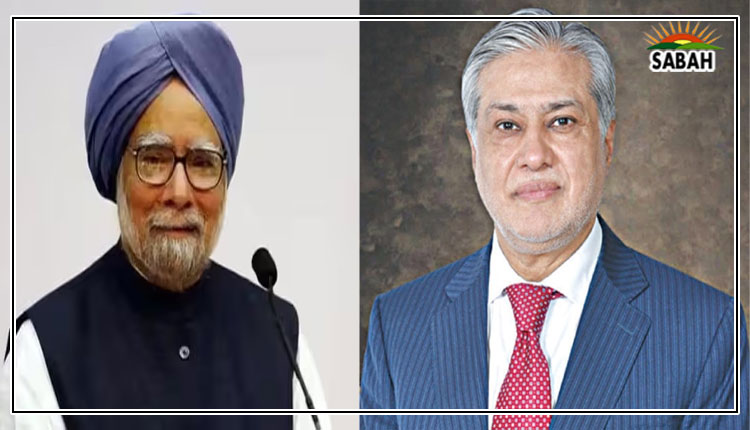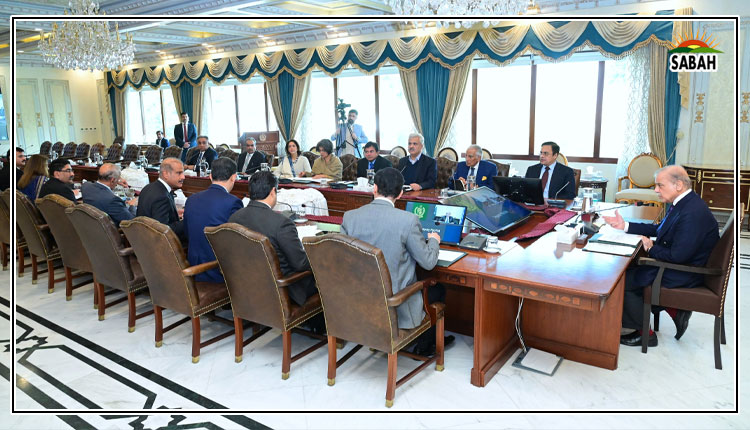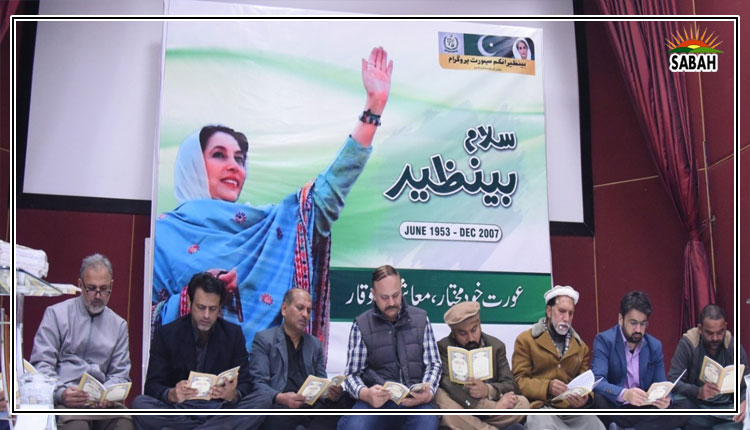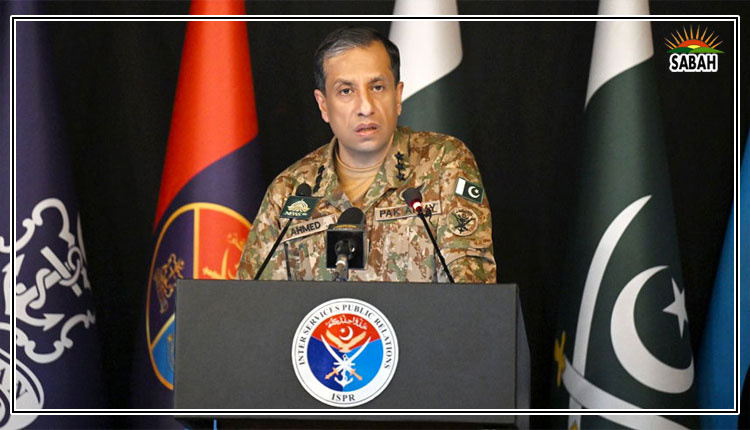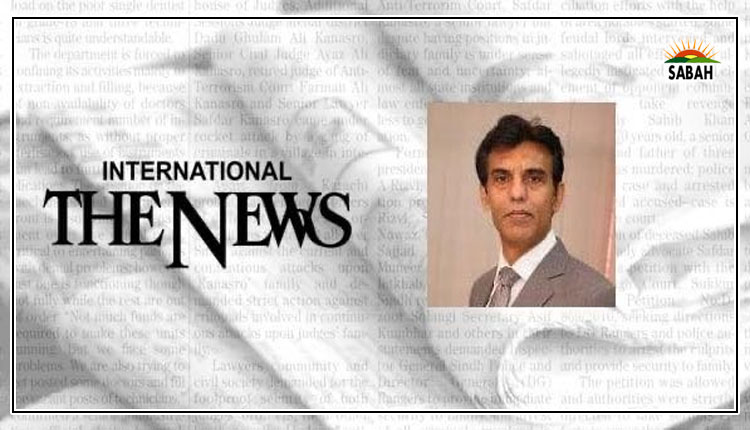Resolving the debt question… Dr Abid Qaiyum Suleri
With considerable delay and visible reluctance (unwillingly in the words of the prime minister), Pakistan has taken most of the steps that could bring it closer to successfully completing a staff-level agreement (SLA) with the International Monetary Fund (IMF).
However, signing an SLA and obtaining approval from the IMF executive board still seem to be daunting tasks. The government has done whatever was in its domestic jurisdiction: price hike for the recovery of the cost of energy and fuel, a market-based exchange rate of the rupee, an increase in revenue, albeit through indirect taxes (GST,) and some other non-popular measures. However, where it is stuck is to meet the target for net international reserves (NIR usable dollar reserves minus net liabilities in dollars). Pakistan requires rollovers or assurances from its bilateral creditors, especially China and Saudi Arabia, to meet the NIR target.
Inconclusive discussions on global debt solutions at the G20 Finance Ministers Summit in Bangalore (India) last week have complicated the situation in many debt-affected developing countries, including Sri Lanka, Zambia, and Pakistan. Multilateral lenders such as the IMF are uncomfortable with the idea that any relief they provide on their debts may be spent to settle bilateral debts. If Chinese and Saudi rollovers are not mobilized sooner, the other alternative is to get a waiver from the IMF board. If the board agrees to waive the NIR target, the government will not have to worry about shoring up its foreign exchange reserves to around $12 billion by the end of March 2023.
However, there is another challenge facing the government, for which it can neither seek a waiver nor rollovers. This is the challenge of successfully containing multi-decade high headline inflation (inflation that includes fuel and food prices) that follows some of the decisions taken to complete the IMFs current review.
Despite an anticipated increase in the interest rate, I do not see inflation coming down any sooner (although increased interest would support the stability of the rupee). However, certain measures (both short- and medium-term) can reduce the pain of adjustment for the people.
We begin with measures that should be taken urgently. The IMF rightly opposes providing general subsidies and advises targeted subsidies, for two reasons. First, selling below the cost of production/import leads to a buildup of fiscal and current account deficits. Second, general subsidies benefit large consumers in the name of small ones. Consider the example of petrol. The biggest beneficiaries of a general subsidy for petrol are the owners of large vehicles, as they consume 5-6 times more petrol per kilometer than motorcycles and rickshaws. Large vehicles consume 50-60 percent of the petrol in the country.
Logically, any subsidy for petrol should be provided to the owners of two- and three-wheelers. However, selling petrol to them at a subsidized rate is practically impossible. An alternative is to provide them relief through direct cash transfers, whenever the average monthly petrol price exceeds a certain threshold. I have been floating this proposal since 2021. Let me summarize the same.
All two-and three-wheeler owners (including government officials) earning below a certain monthly income may be eligible for this direct cash transfer programme. Their vehicles are registered against their CNICs. This record is available in the vehicle registration departments and with the owner in the form of a vehicle registration document. This record could be triangulated with the National Socioeconomic Registry (NSER) maintained at the Benazir Income Support Program (BISP). If eligible, they can receive direct cash transfers following the mechanisms established for different BISP initiatives. Those not registered with the NSER may be registered at any walk-in registration center. Only one vehicle per CNIC may be entertained for petrol subsidy.
The targeting threshold and subsidy amount may be determined jointly by the ministries of poverty alleviation and social safety, finance, and petroleum. The international price of petrol can be passed on to consumers. Simultaneously, the subsidy amount is directly transferred to targeted beneficiaries bank accounts or mobile vaults. Such targeted subsidies would be acceptable to the IMF and would reduce the inflation burden on lower- and lower-middle-income earners.
More on energy, the government is recovering the cost of energy generation to contain and eliminate energy circular debt (ECD); hence, an increase in electricity and gas tariffs (except for lifeline consumers) is inevitable. Increased tariffs contribute to headline inflation. Unfortunately, consumers pay more than the energy they consume. They also pay for stolen or lost energy because of poor transmission infrastructure.
It is now official that electricity worth Rs380 billion is stolen each year. To eliminate the ECD, Rs520 billion in stolen electricity would be passed on to consumers in bills from the next fiscal year. In other words, the consumers who pay their electricity bills will be penalized, similar to gas consumers who have been paying for the unaccounted-for-gas (UFG) losses of the Sui Southern and Sui Northern gas companies for the last many years. The pain to consumers can be reduced by plugging holes in the system, reducing thefts and losses, and not passing on the inefficiencies of the distribution companies to them.
Let us discuss the governments revenue mobilization efforts. To reduce the fiscal deficit, the government increased the general sales tax (GST) from 17 per cent to 18 per cent (and in some cases, 25 per cent). GST is an indirect regressive tax that hits the poorest the most. However, I am not questioning the quality of taxation in this piece. My concern is that the Federal Board of Revenue (FBR) still needs to get the capacity (or will) to collect the GST that the consumers pay to vendors. For example, most eateries registered with the FBR point of sales system charge GST from their customers but dont issue an FBR-verified receipt. Paying GST becomes more painful when one knows that it is not going to the national exchequer.
In the short run, the government should strengthen its social safety nets (factoring in the impact of inflation) to ensure the food security of low-income earners through targeted subsidies using BISPs data. In the medium to long term, food inflation can be minimized through the import substitution of edible oils, pulses, wheat, and cotton (a cash crop but extremely important for rural livelihoods). Strengthening rural livelihoods also reduces unplanned rural-to-urban migration. This cannot happen overnight. However, bringing cultivable barren lands under agricultural use is quite doable in the medium to long run.
To begin with, barren government lands in Sindh, southern Punjab, and the Potohar belt should be brought under cultivation. Fiscal resources can be mobilized by leasing out these lands to farmers cooperatives and investors consortiums. Human resources can be mobilized by recruiting locals, and technological solutions for it should be sought from agricultural research centers, PCSIR, and specialized institutions such as the electrical mechanical engineering corps of armed forces (they have a competitive advantage for technologies to be used for precision agriculture). It is about time provincial governments got the support of all concerned in bringing vast swathes of land in the Thar, Cholistan, and Thal deserts under cultivation.
The government has pursued some reforms and should continue with them, along with some of the inflation-cushioning steps. However, structural problems and economic ills are chronic, and the governments gradual actions will not compensate for the populist policies haunting us since 1958 (when Pakistan approached the IMF for the first time). Having said that, the IMF cannot simply demand reforms to address macroeconomic issues without considering the lives of the people at the micro-level. This is not the case only in Pakistan. Almost 50 other countries face a debt burden. It is about time indebted governments sit with bilateral creditors and multilateral lenders to think of a global debt solution and to bring the much-needed reforms but with a human face.
Courtesy The News



